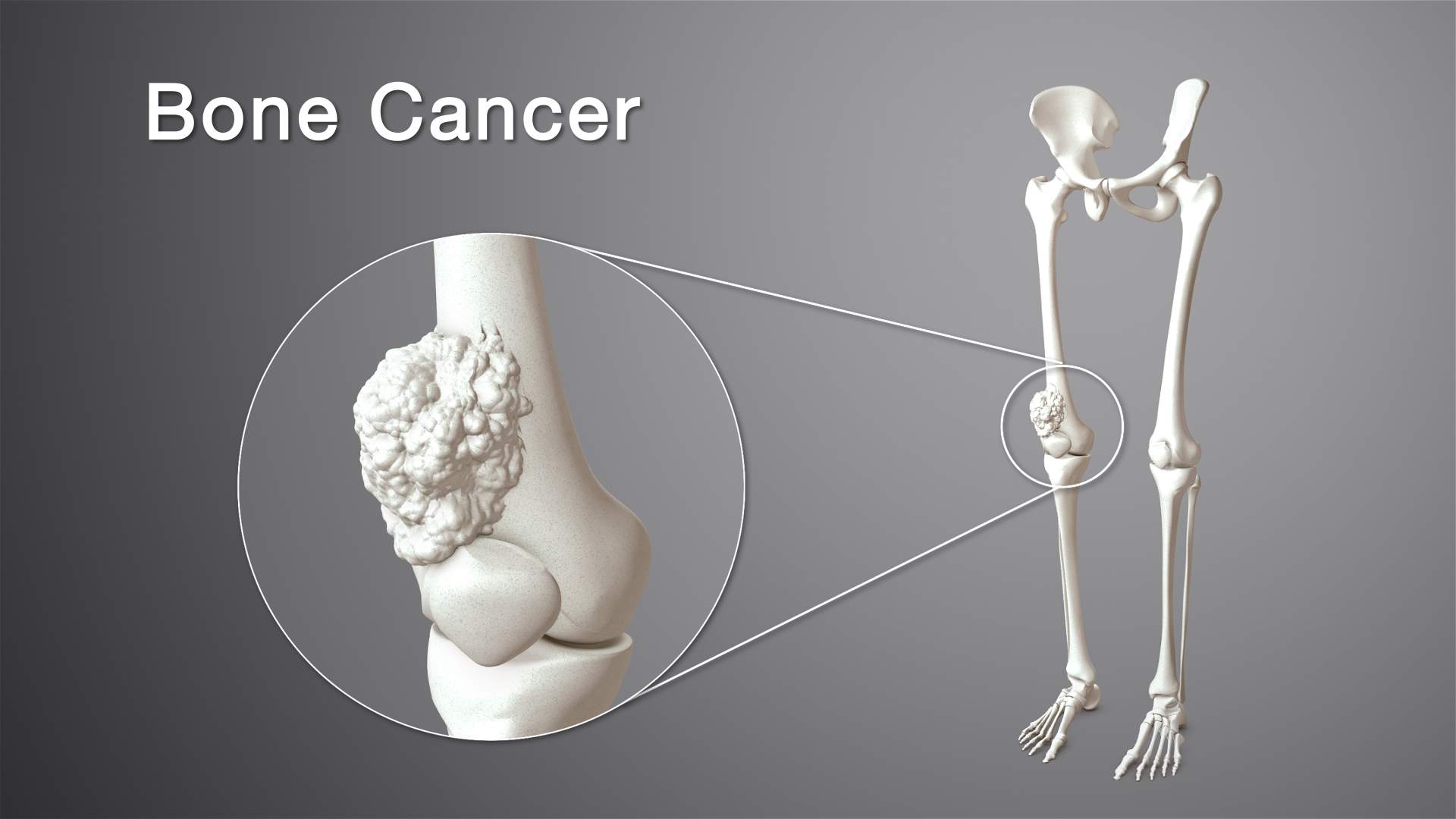Understanding Bone Cancer
Bone cancer is characterized by the abnormal, uncontrolled growth of cells within the bones. It presents in two primary forms: Primary bone cancer, which originates within the bone itself, and Secondary bone cancer, where cancer spreads to the bone from other organs in the body. Secondary bone cancers are more prevalent than primary ones. Within primary bone cancer, three common types emerge: Osteosarcoma, Ewing Sarcoma, and Chondrosarcoma. Osteosarcoma and Ewing Sarcoma are frequently seen in children and young adults, while Chondrosarcoma tends to affect older individuals.
Recognizing the Symptoms
One of the primary symptoms of bone cancer is localized pain in the affected area. The knee is a common site for this discomfort. The pain can be severe, potentially leading to limping, and may even persist when the individual is not bearing weight, such as during nighttime. Swelling of the bone and unexpected fractures without significant trauma can also occur. However, these symptoms are not exclusive to bone cancer and can often be mistaken for injuries, infections, or other bone-related conditions. Therefore, maintaining a high level of suspicion is crucial for early detection.
Diagnosing Bone Cancer
When bone cancer is suspected, a physician or orthopedic surgeon typically orders X-rays to investigate further. Additional tests like MRI and CT scans provide more detailed insights. However, a definitive diagnosis and determination of the specific type of cancer require a biopsy.
The Significance of Biopsy
A biopsy involves extracting tissue from a suspicious area, such as a bone tumor, for disease confirmation and in-depth analysis. It’s imperative to conduct a bone tumor biopsy at a specialized center dedicated to bone and muscle cancer, especially if the subsequent surgical procedure will also be performed there.
Unveiling the Biopsy Process
At the Mahatma Gandhi Cancer Hospital & Research Institute of Cancer Care’s Bone Marrow Transplantation department, the majority of biopsies are conducted as an outpatient procedure using a hollow needle. This core needle biopsy, performed under local anesthesia, retrieves small tissue samples. Occasionally, an incisional biopsy—a brief surgical procedure under general anesthesia—is needed.
Addressing Curability
Yes, bone cancer is curable, especially when detected early. Success rates depend on factors such as the cancer’s stage and type. For instance, osteosarcoma, a prevalent form of primary bone cancer, exhibits long-term survival rates of up to 65-70% if detected before metastasis. This emphasizes the importance of early detection and timely intervention.
Navigating Treatment Options
Treatment plans for bone cancer vary based on the specific type and stage. Each patient undergoes thorough evaluation by a multidisciplinary team, including musculoskeletal oncologists, medical oncologists, radiation oncologists, radiologists, pathologists, and more. A personalized treatment plan is crafted from day one, with prompt implementation after the initial assessment. For osteosarcoma, chemotherapy is typically followed by surgery and additional chemotherapy.
Dispelling Myths about Surgery
Contrary to misconceptions, modern treatment centers prioritize limb salvage surgery. Up to 90% of patients can undergo this procedure, where the tumor is entirely removed while preserving the limb’s structure and functionality. Amputation remains necessary for only a small percentage of cases.
Stay informed about bone cancer, as knowledge is a powerful tool in the fight against this condition. Our team at the Mahatma Gandhi Cancer Hospital & Research Institute is dedicated to supporting patients and spreading awareness. For more insights on bone marrow cancer and related topics, explore our resources further.













